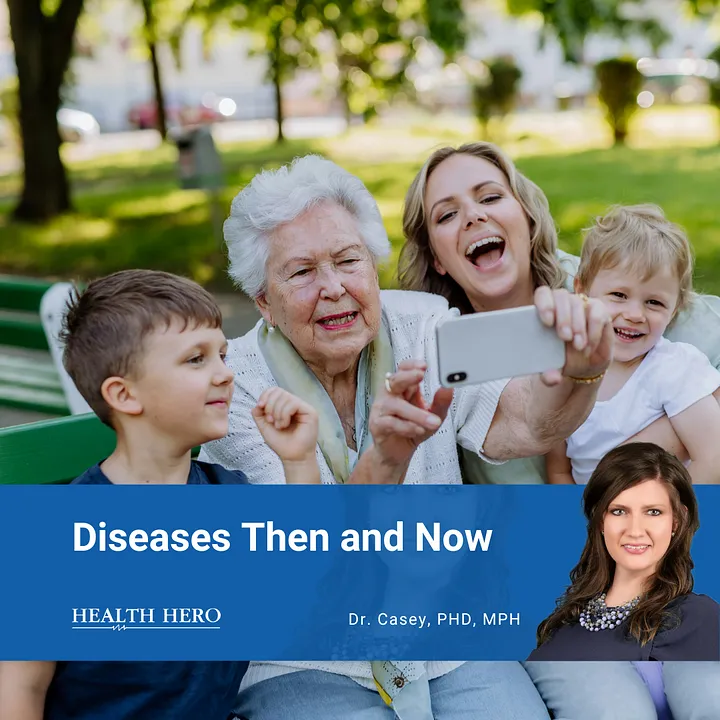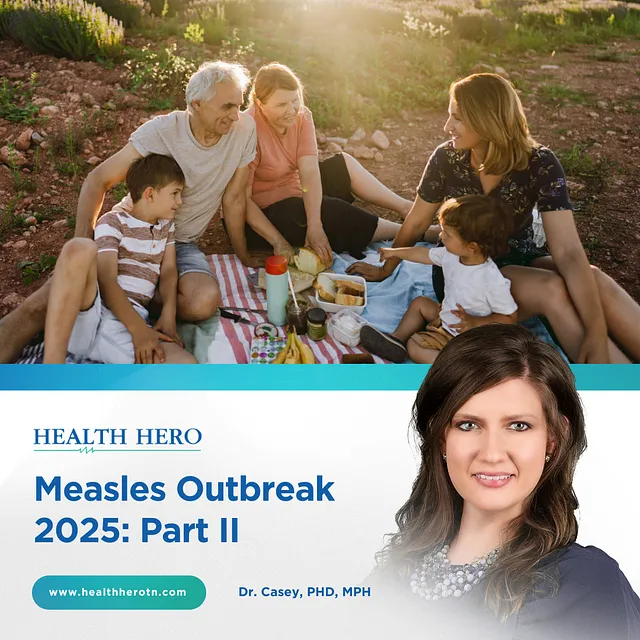Modern and preventive medicine have made such an incredible impact on saving lives. One of the first things you learn about in public health is how health concerns have significantly shifted in developed countries recently. These societies used to be focused on “acute” diseases. Acute diseases (or conditions) happen suddenly, can be very severe, and usually only last a short time (typically days or weeks). Examples of common acute diseases today include the common cold, asthma attacks, migraines, appendicitis, strep throat, etc. From this list of examples, it probably seems like acute conditions are fairly mild, and these typically are. The acute issues I just named all have treatments and medical interventions, and if there are no complications, they clear up pretty quickly. So, in the United States, for example, people do not spend much time worrying about acute conditions.
Instead, we worry about “chronic” diseases. Chronic diseases (or conditions) develop slowly, last a long time (months, years, or indefinitely), may get worse over time, and typically can be managed by medical intervention but cannot be cured. These conditions may need ongoing medical attention and may limit a person’s ability to perform daily activities. Some examples of chronic conditions include diabetes, arthritis, Alzheimer’s disease, heart disease, HIV/AIDS, and many other illnesses with which we are familiar.
This has not always been the case, though. Why is that? Well, as recently as the early 1900s, infectious diseases were the main causes of death in the U.S. Infectious diseases would generally be considered acute diseases. Still, in the society of the early 20th century, outbreaks of these diseases, which spread rapidly among populations with lower knowledge and standards of sanitation and hygiene, were extremely deadly. In fact, many of the infectious diseases that were so deadly at the time were spread by poor sanitation such as contaminated drinking water. Life expectancy in the year 1900 was only 47 years old. People did not live long enough to have the “luxury” of dealing with the chronic diseases so many struggle with today.

The three leading causes of death in 1900 were pneumonia, tuberculosis, and diarrhea / enteritis. These three causes, together with diphtheria caused 1/3rd of all deaths! Even more unfortunately — of these deaths, 40% were among children under 5 years old. Essentially, much of the population did not live long enough to develop the chronic diseases that plague our society today. Many did not live long enough to even attend grade school.
So what happened that shifted the acute vs. chronic disease paradigm in the U.S., and when did it happen? This transition from acute to chronic illness began around the 1950s in the United States, and many factors contributed to this change. Some of the most important of these were:
v Improvements in sanitation and hygiene (particularly drinking water, living conditions, food processing, etc.)
v Development of antibiotics like penicillin (1940s)
v Development and use of other medications to treat infections and illness
v Improvements in disease testing and diagnosis
(Earlier and accurate diagnosis means earlier and more effective treatment and minimization of spread)
v Educating and increasing awareness among the public
v Vaccines!
Looking at the list of some of the leading causes of death from 1900, many of the causes are easily preventable, and that is exactly what happened — people started taking actions like those listed above and preventing diseases when possible. Public health initiatives such as sanitation, education, vaccination, and more were put into place and big changes started to happen. Just in terms of immunization, vaccines knock out almost half of the list of leading causes of death from 1900 (smallpox, diphtheria, influenza, pneumonia, tuberculosis, and even cholera and typhoid if needed)!
Many of the leading causes of death today are preventable by maintaining the disease control and proper sanitation established over the last 100+ years, and by making healthy lifestyle choices, increasing health education and awareness. The latter of these efforts are more challenging, as it is much harder to change a person’s lifestyle (such as to stop eating processed, fatty foods and start exercising 4–5 days a week) than it is to take an antibiotic or get a vaccine. We definitely have a challenge in front of us. But it is extremely important that we keep up the decades of preventive health work we enjoy now by contributing to community immunity, being vaccinated as appropriate, quarantining when sick, practicing good hygiene, etc. Thanks to the public health initiatives and medical developments that have mostly ended widespread, constant infectious disease outbreaks and other deadly acute disease threats in the U.S., we now have the privilege of longer lives in which we can work to reduce our chronic health risks.


